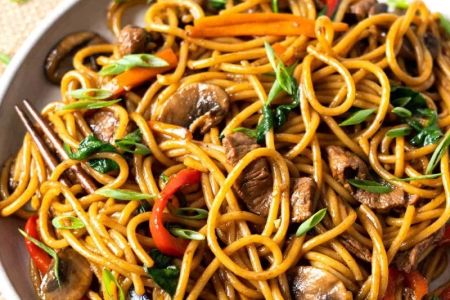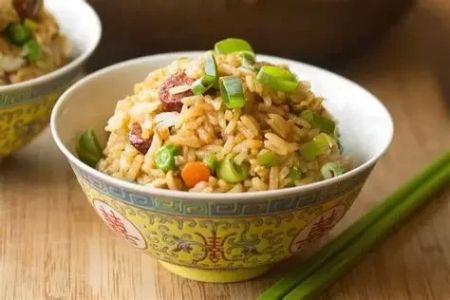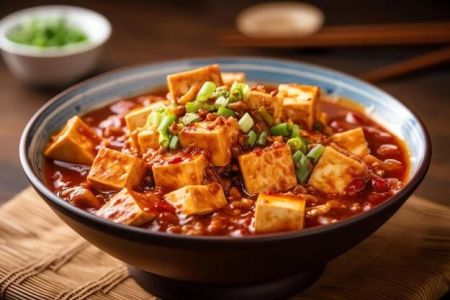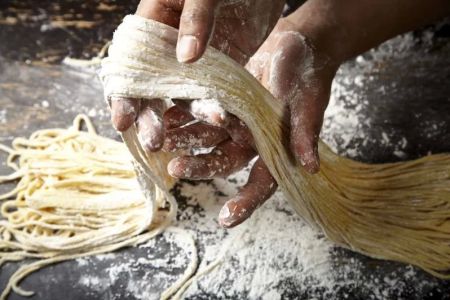- chinese-flavors-redefining-american-dining
- evolution-of-chinese-cuisine-in-the-us
- chinese-food-as-comfort-and-connection
- regional-dishes-and-their-rise-in-popularity
- modern-dining-habits-inspired-by-chinese-culture
1. Chinese Flavors Redefining American Dining
The influence of Chinese culture on American dining habits is both deep-rooted and ever-evolving. What once began as a culinary curiosity has now become an essential part of the American food landscape. Chinese food is no longer just about takeout boxes and sweet-and-sour chicken; it's about flavor layering, texture variety, communal eating, and cultural storytelling—all concepts that have subtly transformed the American way of dining.
1.1 More Than Just a Cuisine
Chinese cuisine has brought with it a philosophy of food that values balance—yin and yang of ingredients, seasonal alignment, and harmony of flavor profiles. This philosophy has significantly impacted how Americans view nutrition, meal structure, and even the concept of family-style dining.
2. Evolution of Chinese Cuisine in the U.S.
The journey of Chinese food in America began in the 1800s with Cantonese immigrants bringing stir-fry and dumpling techniques. Over time, dishes were adapted to local palates, leading to iconic "American-Chinese" staples like General Tso’s chicken and chop suey. But today’s diners crave more authenticity and depth—leading to a culinary resurgence driven by chefs proudly showcasing regional Chinese cuisine.
2.1 Case Example: Xi’an Noodles in New York City
Xi’an Famous Foods in NYC is a prime example. What started as a family-run food court stall serving hand-pulled noodles from Shaanxi province now attracts lines of foodies eager for spice-laden bowls and cumin-lamb burgers. Their success reveals an American appetite not just for flavor, but for the culture behind the dish.
3. Chinese Food as Comfort and Connection
For many, Chinese food offers emotional resonance. It’s often the go-to cuisine for family gatherings, late-night cravings, or hangover cures. The iconic white takeout box has even become a pop culture symbol. What’s more, traditions like Lunar New Year feasts and dim sum Sundays have found their way into the American holiday rhythm.
3.1 A Story from the Midwest
In a small town in Illinois, one Chinese-American family shared how their local restaurant became a communal hub. Their annual Lunar New Year banquet now includes locals of all backgrounds—many of whom have grown to cherish dumplings and longevity noodles as much as turkey and mashed potatoes.
4. Regional Dishes and Their Rise in Popularity
American diners today are more curious than ever, and Chinese regional dishes are meeting that curiosity with bold flavors and rich history. Sichuan cuisine, known for its spicy, numbing "mala" effect, is leading the way, alongside lesser-known styles from Yunnan, Hunan, and even the Muslim-influenced cuisine of Northwestern China.
4.1 The TikTok Effect
Social media, especially TikTok, has played a surprising role in accelerating awareness. Dishes like “Chinese smashed cucumber salad” and “Chongqing spicy chicken” have gone viral for their visual appeal and punchy flavor, pushing restaurants to adapt and expand their offerings.
5. Modern Dining Habits Inspired by Chinese Culture
American dining has gradually adopted several Chinese-influenced habits—beyond just the food itself. Shared plates are now common in modern restaurants. Hot pot and BBQ tables promote interactive, DIY-style dining. Ingredients once seen as “exotic”—like bok choy, tofu, and five-spice—are now pantry staples in many households.
5.1 Cultural Fusion with Intention
The current wave isn’t about blending for novelty’s sake. Instead, chefs and consumers alike are embracing Chinese food with more intention and respect. Whether it’s elevating traditional recipes or exploring new cooking techniques, the outcome is a richer, more diverse American food culture.
5.2 Where to Experience the Best of It
If you're looking to explore authentic dishes, cultural pairings, or just find a great new favorite, visit Chinese Food. From heritage-inspired menus to locally adapted delights, it’s a reliable resource for both seasoned foodies and curious first-timers.







